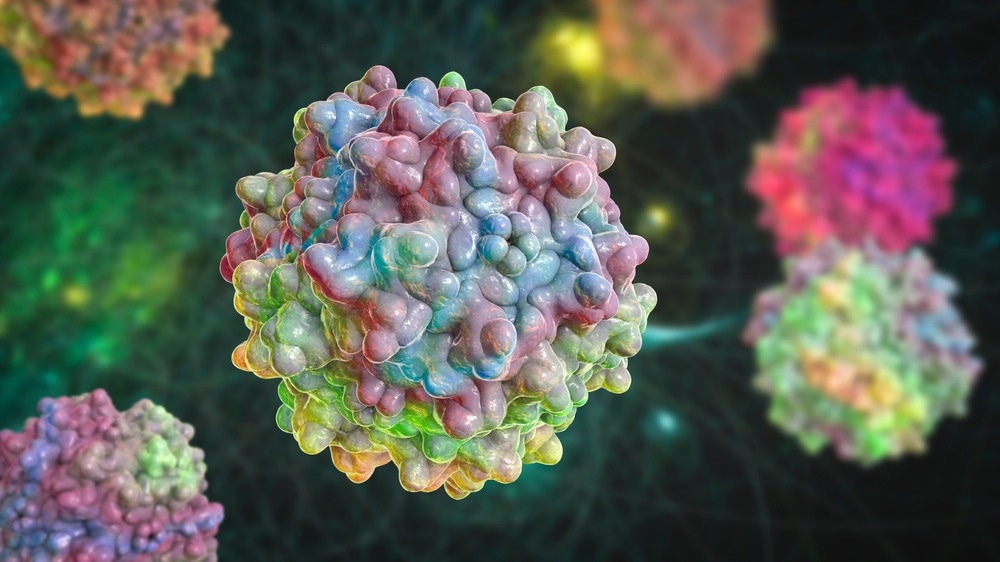For gene therapy, the blood-brain barrier (BBB) poses a formidable obstacle. The BBB, which is made up of cells that are closely packed together, prevents poisons and pathogens from accessing brain tissue while also blocking potential treatments for diseases that impact the central nervous system (CNS).

Image Credit: Kateryna Kon/Shutterstock.com
Researchers have found some delivery agents, called adeno-associated viruses (AAV), that can pass the barrier in some situations, but AAVs are typically ineffective at transporting gene treatments over.
AAVs are being improved as gene delivery vehicles by researchers from Brigham and Women’s Hospital, a founding institution of the Mass General Brigham healthcare system.
By doing this, they hope to increase the effectiveness of these vehicles and their capacity to deliver drugs for the treatment of genetic diseases that impact the central nervous system and brain cancers like glioblastoma.
The research team describes a new AAV variant that has been evaluated in preclinical animals and is noticeably more effective than previously created delivery methods in a study that was published in Nature Biomedical Engineering.
Our study is exciting because it shows that we are one step closer to being able to deliver gene therapy across the blood-brain barrier in humans. Our findings demonstrate that AAVs could provide a valuable tool for developing systemic gene therapies against glioblastoma and other diseases where CNS delivery is required.”
Fengfeng Bei, Assistant Professor, Department of Neurosurgery, Brigham and Women’s Hospital
Small, non-disease-causing viruses called AAVs can be created with the ability to carry and deliver DNA sequences to certain cell types. They have been discovered to be secure means of delivering gene therapy, which tries to directly alter genes in cells to treat disease.
New AAVs that can pierce the BBB in mouse models have been found due to recent developments, although the majority of these AAVs have not yet been found to be effective enough to be used in clinical settings.
Bei and colleagues looked to cell-penetrating peptides, a class of short peptides with a reputation for being able to pass through biological membranes like the BBB, to improve on previous AAVs. About 100 of these peptides were gathered by the scientists, and they were then put into several AAVs and tested one at a time to see which one was the most effective.
Bei added, “We got lucky. We got a hit right around number 16.”
The group examined both mice and non-human primates in preclinical models to evaluate their findings.
Even though the AAV they discovered—lucky number AAV.CPP.16—displayed noticeably significant improvements in delivery effectiveness across the blood-brain barrier than previously tested AAVs, Bei’s lab is still striving to make more advancements.
“We would like to develop a version that is even more efficient and more restricted to the central nervous system. Our studies to date tell us we are headed in the right direction”, further added Bei.
These findings imply that the novel vector could be applied to the treatment of genetic diseases, in which the activation of protein synthesis in a specific subset of cells can result in disease reversal.
Yulia Grishchuk, PhD, who directs a lab in the Center for Genomic Medicine at Massachusetts General Hospital, recently worked with Bei and sees potential disease applications for the laboratory-based improvements made by his research team.
New treatments are urgently needed for neurometabolic diseases, lysosomal storage diseases and other diseases that affect both CNS tissue and other tissues in the body. What is exciting here is that this work could represent a way to treat a broad spectrum of CNS disorders that are hard to target with current treatment approaches.”
Yulia Grishchuk, Instructor in Neurology, Center for Genomic Medicine, Massachusetts General Hospital
Source:
Journal reference:
Yao, Y., et al. (2022). Variants of the adeno-associated virus serotype 9 with enhanced penetration of the blood–brain barrier in rodents and primates. Nature Biomedical Engineering. doi.org/10.1038/s41551-022-00938-7